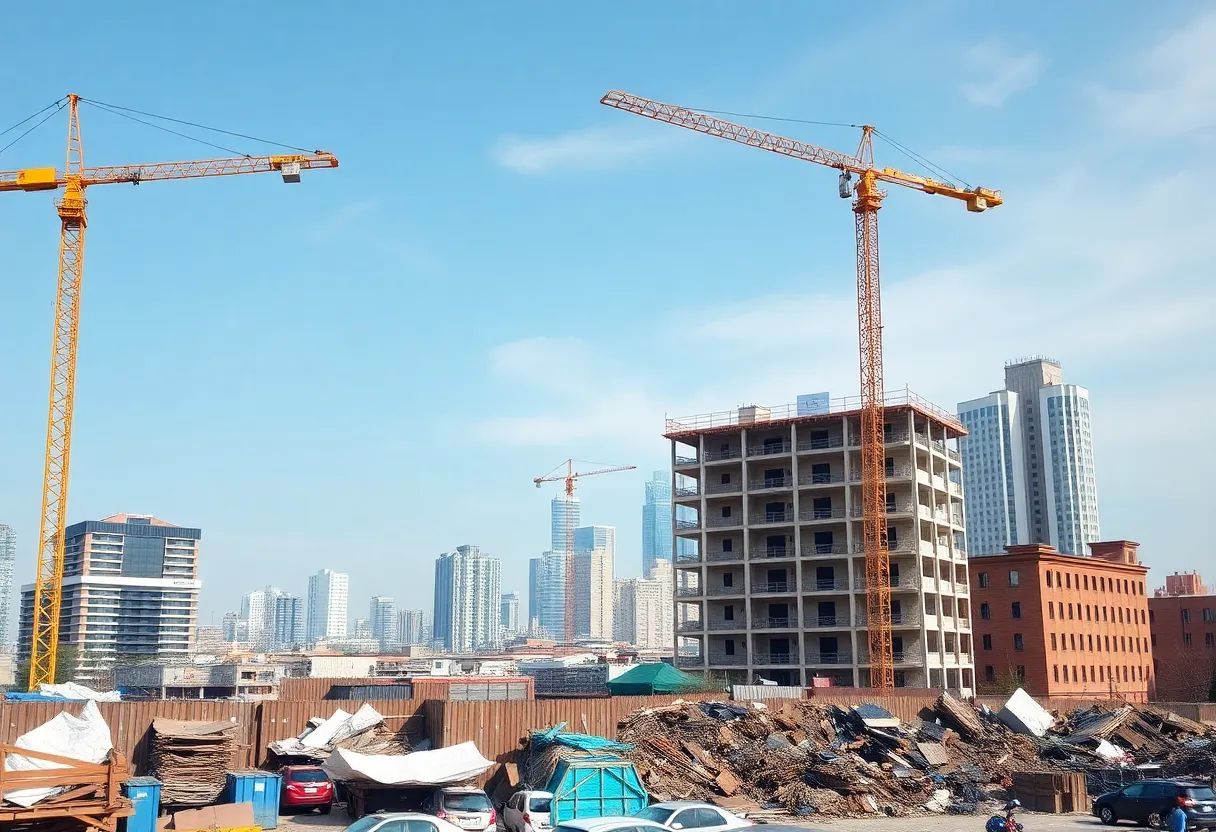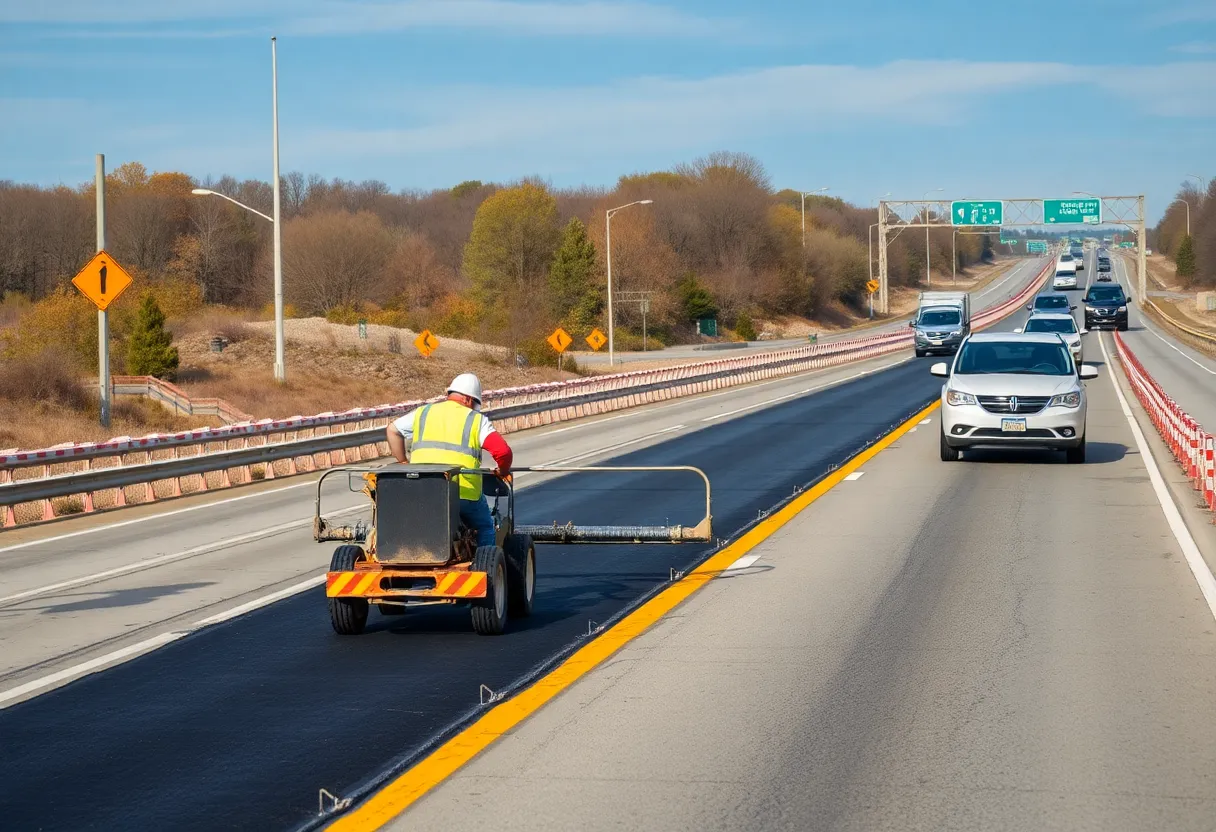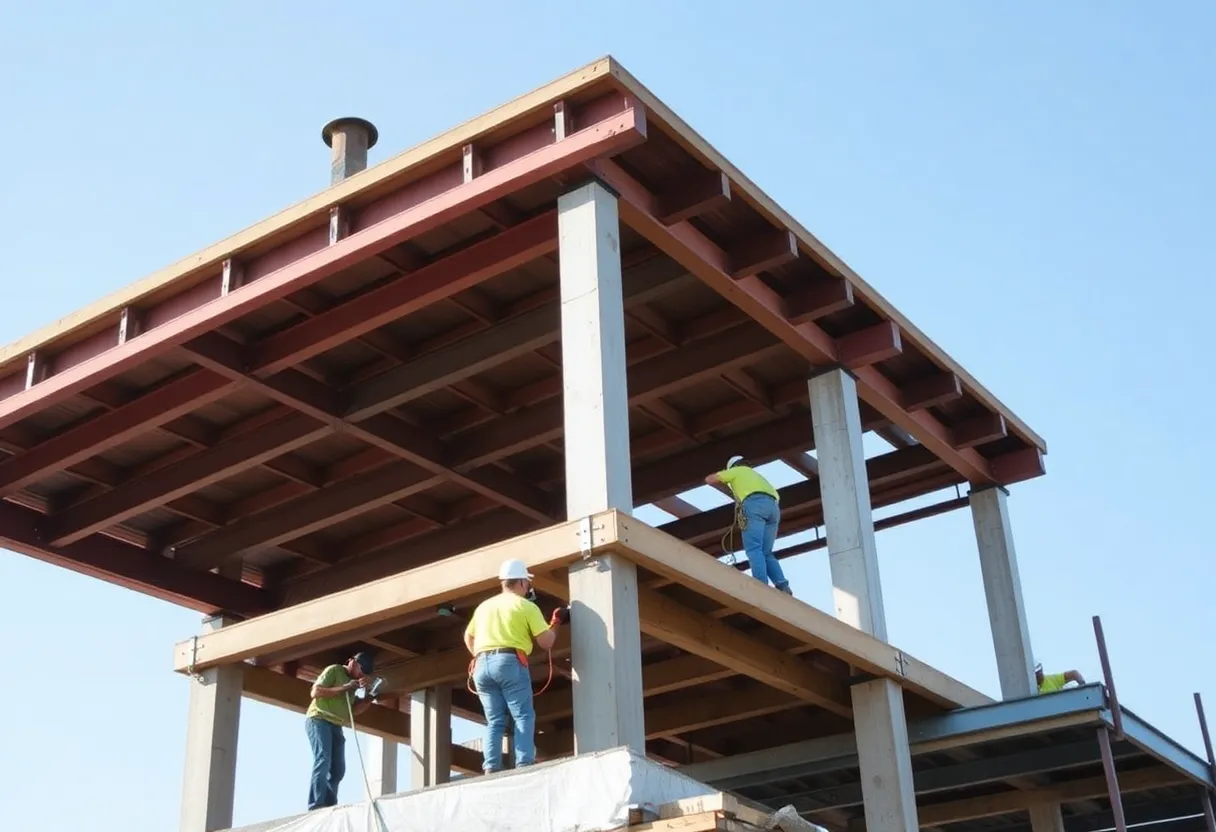News Summary
Recent data indicates a varied performance within the U.S. construction industry. While single-family and multifamily building permits show a decline nationally, regions like the Northeast and Florida exhibit noteworthy growth. Federal infrastructure spending is aiding a steady recovery in construction activity, although the sector is still facing challenges including labor shortages. In contrast, the automotive industry is contending with rising input costs and supply chain issues, prompting strategic adjustments among manufacturers. Investors are encouraged to explore opportunities in these fluctuating markets.
U.S. Building Permits in Q1 2025 Reflect Mixed Performance in Construction and Automotive Sectors
Data from the first quarter of 2025 reveal a complex picture of the construction industry, as single-family building permits and multifamily building permits show a year-over-year decline, while certain regions experience notable growth. The fluctuations come at a time when overall construction activity is beginning to stabilize, backed by favorable federal policies and expected interest rate cuts.
Permit Trends Show Mixed Results
In Q1 2025, national single-family building permits decreased by 3.8% compared to the previous year, while multifamily building permits saw a minimal decline of 3.7% during the same period. Despite these decreases at a national level, regional disparities present a more nuanced view. For example, the Northeast region posted a remarkable 9.2% increase in single-family permits, indicating strong demand in that area. Additionally, Florida reported an impressive 48.8% jump in multifamily permits, underscoring pockets of growth within the U.S. construction landscape.
Support for Recovery
The slow but steady normalization of overall construction activity is being reinforced by federal infrastructure spending, which includes significant investments tied to the Infrastructure Investment and Jobs Act (IIJA), Inflation Reduction Act (IRA), and the CHIPS and Science Act. These initiatives are anticipated to stimulate demand for data centers, renewable energy projects, and advanced manufacturing facilities, contributing to a projected 1.8% growth in construction activity for 2025.
Challenges Persist
Despite the positive indicators in some areas, challenges remain. The construction sector continues to grapple with labor shortages and rising material costs. Major companies like Caterpillar (CAT) and Vulcan Materials (VMC) are positioned to gain from the increased infrastructure spending, while popular investment vehicles such as the S&P 500 Homebuilders ETF (XHB) and the Industrial Select Sector SPDR Fund (XLI) are attracting investors looking for diversified exposure to the construction sector.
Automotive Industry Faces Unique Hurdles
In contrast to the construction industry’s mixed growth, the automotive sector is dealing with numerous difficulties, including rising input costs, supply chain bottlenecks, and shifting consumer preferences. A significant issue is the critical shortage of industrial real estate, with vacancy rates below 2% in key markets, complicating plans for electrification projects. Notable automotive manufacturers, including Tesla (TSLA) and Ford (F), have had to revise timelines for their battery plant expansions due to these constraints.
Strategic Adjustments in the Automotive Sector
As the automotive industry reevaluates its just-in-time (JIT) manufacturingVolkswagen and Xpeng and the alliance between Stellantis and Leapmotor. These partnerships aim to curb costs and accelerate electric vehicle (EV) production, while the sector also grapples with decreased short-term profitability.
Investment Considerations
Given the current economic landscape, investors are advised to look towards the construction and engineering sectors for potential growth opportunities. As of July 2025, the 4-Week Moving Average of Initial Jobless Claims stands at 229,500, reflecting a resilient labor market, particularly in infrastructure and housing. A targeted 10-15% investment in construction ETFs following positive jobless claims could yield promising returns.
Strategies for the Future
With fluctuations in both the construction and automotive sectors, strategic investment approaches are necessary. The automotive sector should adopt defensive strategies in light of rising costs for materials such as lithium and steel. Continuous monitoring of supply chain normalization and regulatory changes will also be crucial for automotive investments. Overall, investors can navigate this evolving economic climate more effectively by adjusting their portfolios to capitalize on growth in the construction sector while managing risks associated with the automotive industry.
Deeper Dive: News & Info About This Topic
Additional Resources
Author: Construction FL News
The FLORIDA STAFF WRITER represents the experienced team at constructionflnews.com, your go-to source for actionable local news and information in Florida and beyond. Specializing in "news you can use," we cover essential topics like product reviews for personal and business needs, local business directories, politics, real estate trends, neighborhood insights, and state news affecting the area—with deep expertise drawn from years of dedicated reporting and strong community input, including local press releases and business updates. We deliver top reporting on high-value events such as the Florida Build Expo, major infrastructure projects, and advancements in construction technology showcases. Our coverage extends to key organizations like the Associated Builders and Contractors of Florida and the Florida Home Builders Association, plus leading businesses in construction and legal services that power the local economy such as CMiC Global and Shutts & Bowen LLP. As part of the broader network, including constructioncanews.com, constructionnynews.com, and constructiontxnews.com, we provide comprehensive, credible insights into the dynamic construction landscape across multiple states.





